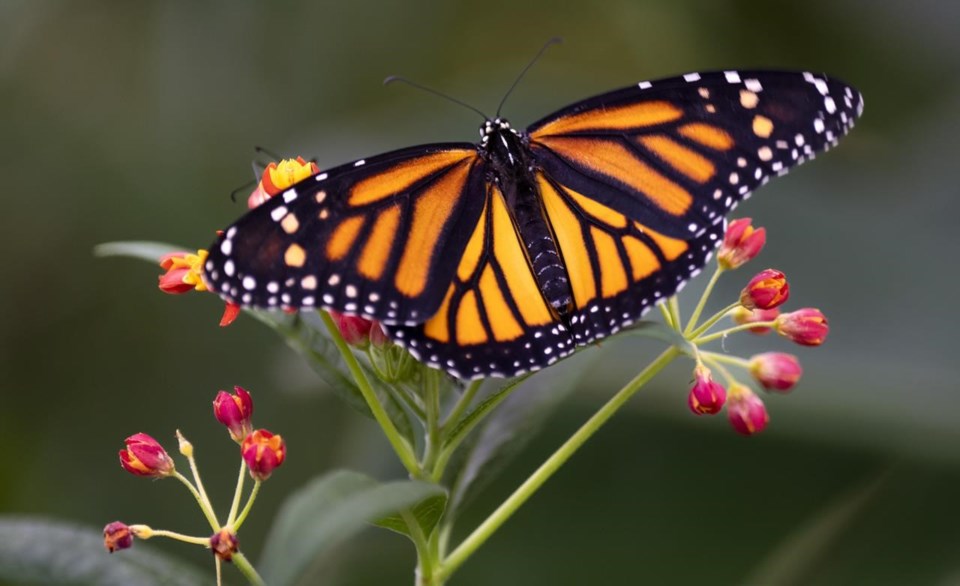OTTAWA — A successful new agreement to protect nature would be one that eliminates the threat of extinction for all species by 2050, the International Union for Conservation of Nature said Friday.
The global organization, which tracks threats to plants, animals and other organisms, issued an update to its "Red List" of species that are at risk of extinction as United Nations nature talks continue in Montreal.
More than 42,000 species are facing a known threat to their existence, the group says.Â
That warning comes as more than 190 countries sit at the COP15 negotiating table and try to agree on a biodiversity framework to halt and begin to reverse damage to ecosystems and declines in wild species.
This year's report, which shows an increase in species at risk from just over 40,000 a year ago, focused in detail on marine life. It highlighted significant declines and determined that climate change alone is now affecting more than two out of every five marine species.
"The marine species that we report on today are facing a perfect storm of threats, an onslaught of threats," said Jane Smart, the head of the conservation organization's science centre.
"We are seeing — and I am a scientist, I don't say this lightly — a decimation of marine life."
For example, pillar coral, a hard coral found in the western Atlantic Ocean and the Caribbean, was assessed as vulnerable 12 years ago. Now it's critically endangered, with climate change causing higher ocean temperatures that are killing it off.
Abalone, marine mollusks that are one of the most expensive seafood catches in the world, were assessed for the first time this year. Out of 54 abalone species, 20 were immediately listed as threatened with extinction, due to overfishing, pollution, disease, habitat loss, algal blooms, warming and acidification.
All of those factors, along with accidental capture in fishing nets, poaching and crime, are propelling marine species into extinction, Smart said — despite people all over the world depending on marine life for their livelihoods and food sources.Â
Smart said the list is a "gold mine" of information on species, including where they exist, how they're threatened and how they can be saved. It can also be used to help monitor whether a new biodiversity framework is successful.
She said that her organization wants the risk of extinction for all species to plummet to zero by 2050, and that this would mean reducing the risk by 20 per cent by 2030.Â
"This is a global crisis in the oceans, as well as in freshwater and on the land," Smart added.
She said states must come together and agree on "a big ambitious plan to protect life on earth for the sake of that life. And for the sake of all of the humans that depend on it."
One of the 22 targets being negotiated in Montreal is one aiming to conserve 30 per cent of land and 30 per cent of marine territory around the world by 2030.Â
Smart said her group is supportive of that goal, as long as it ensures the areas being protected are in the right places and are properly managed.
This report by The Canadian Press was first published Dec. 9, 2022.
Mia Rabson, The Canadian Press




